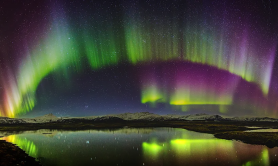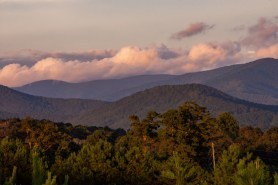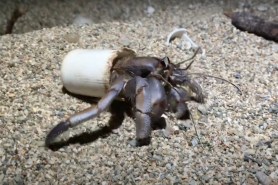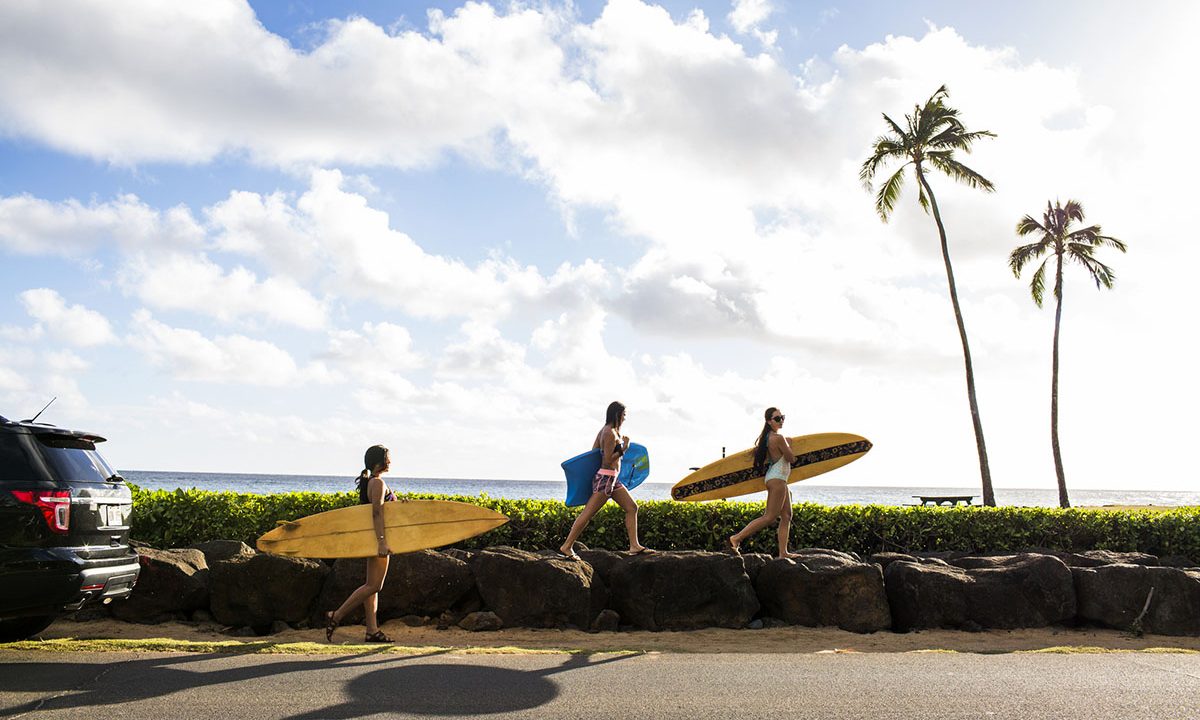

After the August wildfires in Maui, there’s been an increase in discussion surrounding travel and tourism to the islands of Hawai’i. Considered to be one of the most beautiful places in the world, Hawai’i has been a long-time tourist destination for its beautiful beachfront properties and cultural experiences. However, native Hawaiians have been trying to decrease tourism to the islands in recent years in an attempt to conserve the environment. So, is there a way to visit Hawai’i ethically?
Videos by Outdoors with Bear Grylls
A Brief History of the Hawaiian Islands
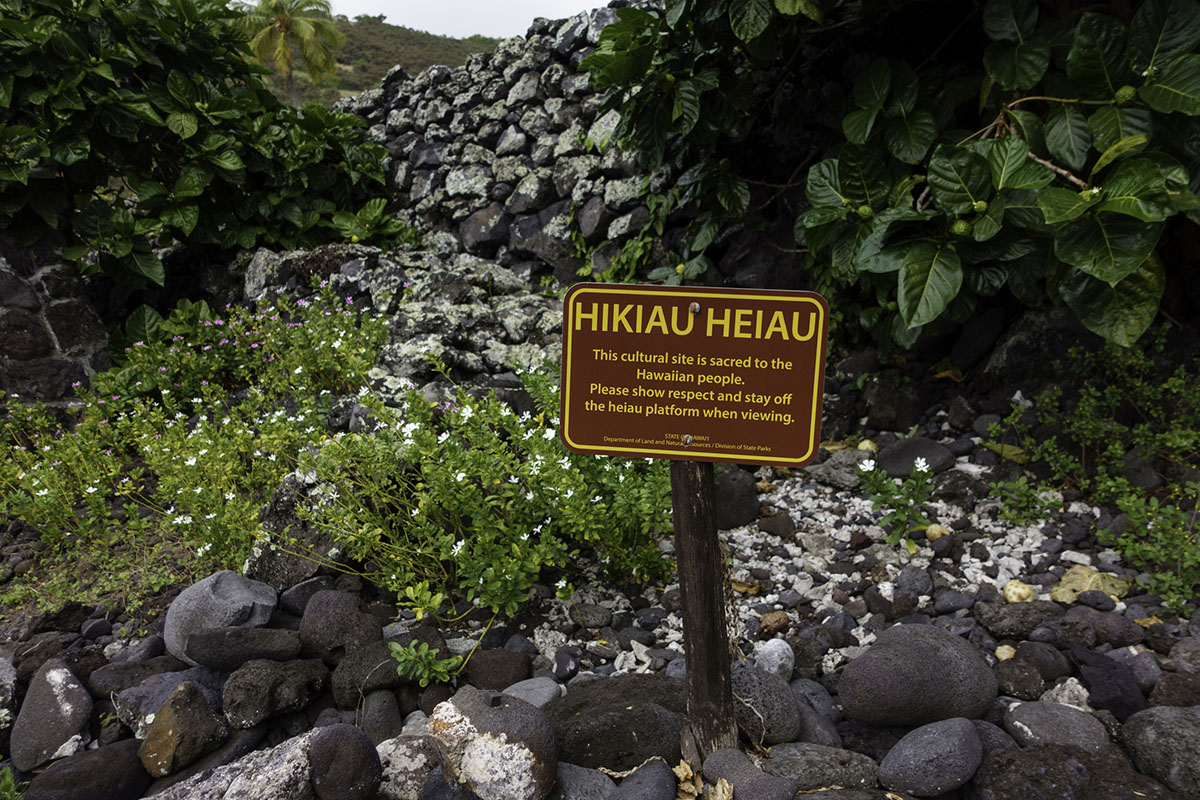
In 1898, the United States annexed the island nation of Hawai’i from the previous dynasties that had ruled over the kingdom, descendants of the Polynesians who were the first to discover the island over 1,500 years ago. At the turn of the century, the Organic Act established the Territory of Hawai’i and the Waikiki Hotel opened a year later. Hawai’i officially became the 50th state in 1959.
For a full timeline of Hawaiian history, visit gohawaii.com.
Why Native Hawaiians Want to Stop Tourism
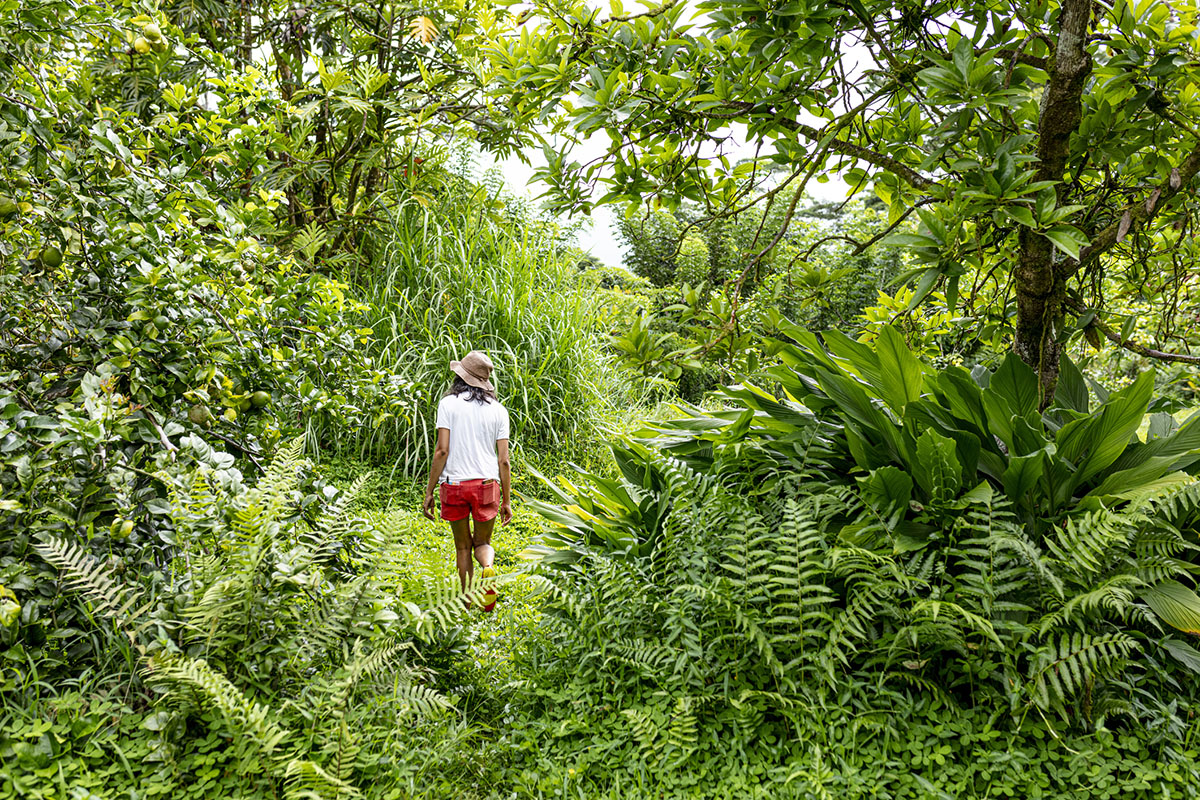
In 2020, during the pandemic, Hawai’i saw its beaches and coral reefs begin to recover from the break in tourism. Visitors tend to use lots of resources and don’t always practice Leave No Trace principles.
When travel restrictions loosened after 2020, many businesses in the hospitality industry began facing supply chain issues and staffing shortages. In 2021, many Hawaiian residents also experienced water shortages as tourism snapped back into full swing.
Though many native Hawaiians work in the hospitality industry, there is only one hotel on the Big Island that is owned by natives, meaning that staying in Hawai’i doesn’t necessarily help the people who live there.
Are There Ways to Still Visit Ethically?
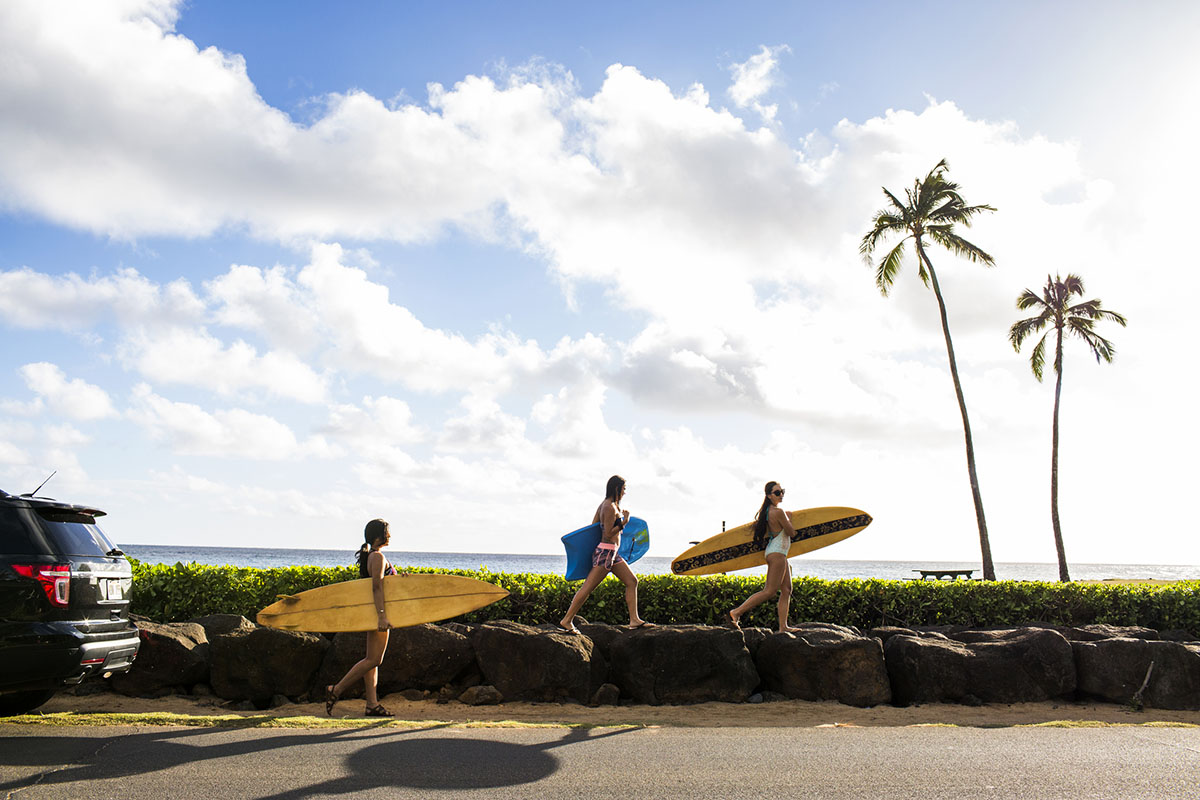
Native Hawaiian Wailele Wheeler founded the website Visit Hawaii Ethically to discuss issues with the Hawaiian tourism industry and help people understand how they can still visit and actually help natives.
If you want to visit Hawai’i in a way that can help native islanders, here are some things you can do, according to Wheeler.
Travel During Downtimes
If you’re going to visit Hawai’i, avoid their busy season, which is usually considered to be December to April. June is the driest month in Hawai’i, and you’ll want to stay for at least a week to get the full experience.
Stay ‘Local’
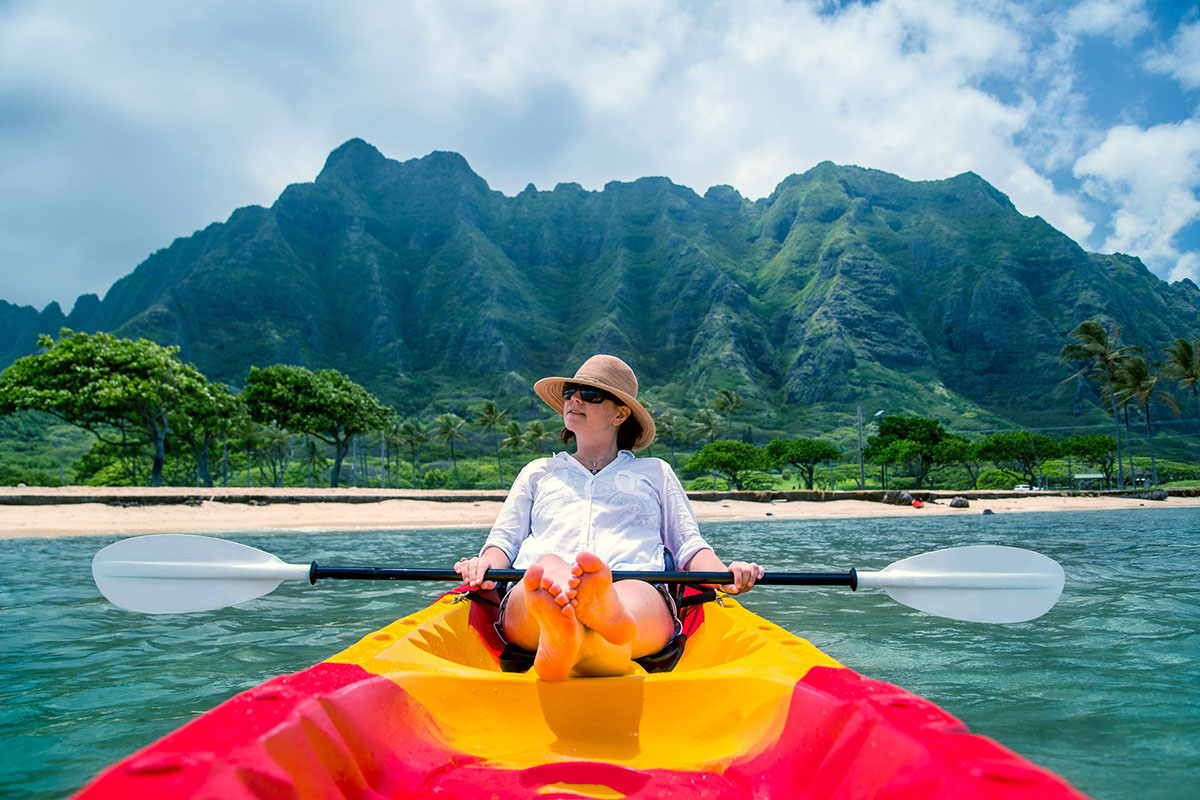
When visiting Hawai’i, Wheeler suggests staying at locally owned hotels, beds and breakfasts, hostels, or other vacation homes. Staying in places that are owned and operated by natives will more directly benefit locals financially compared to staying in hotels owned by larger companies.
Be Respectful
Be respectful during your explorations. If you’re looking to head out into nature, read about the locations you are going to visit first.
If you want to experience things like a luau or a surfing lesson, try to go through locals rather than big brands or “chains.”
Voluntourism
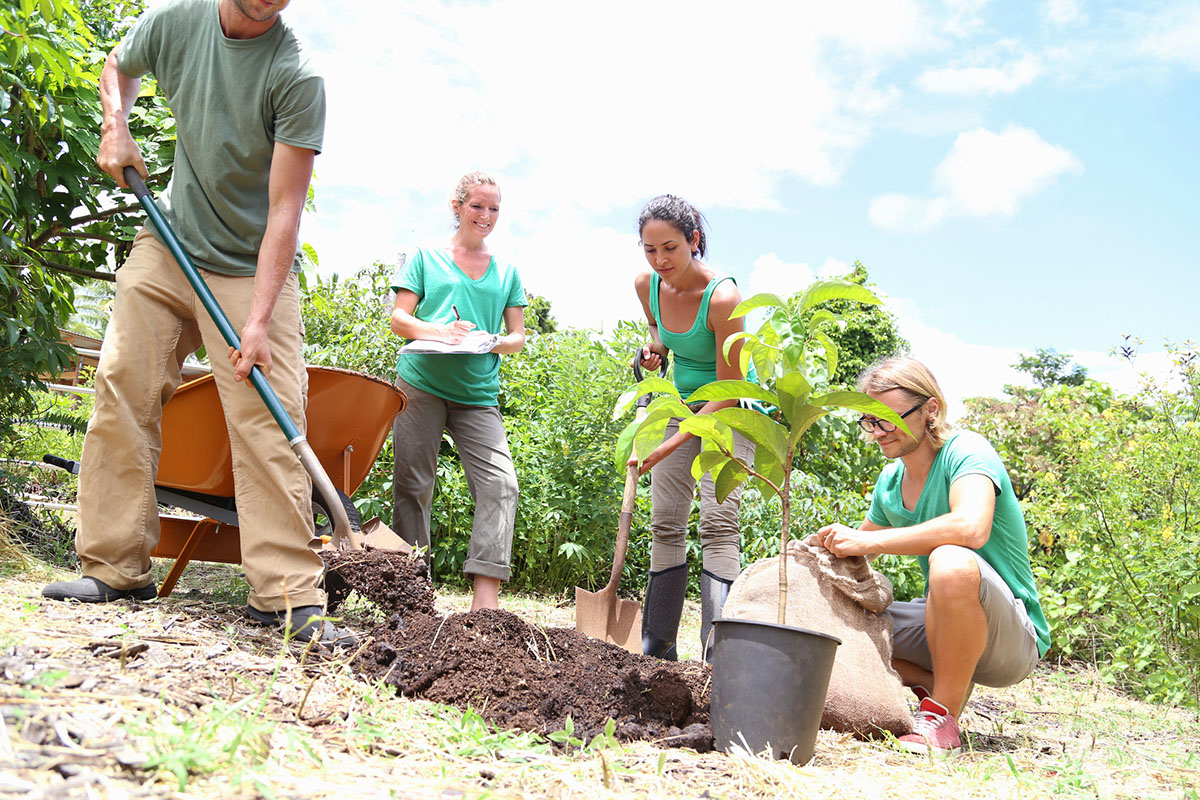
Giving back to the community is a great way to be a better tourist because you are leaving a positive impact on the land that you are visiting. There are a number of organizations that organize volunteers for beach clean-ups or native tree plantings around the islands, which create “positive ripples across the islands.”
Other Things to Be Mindful of
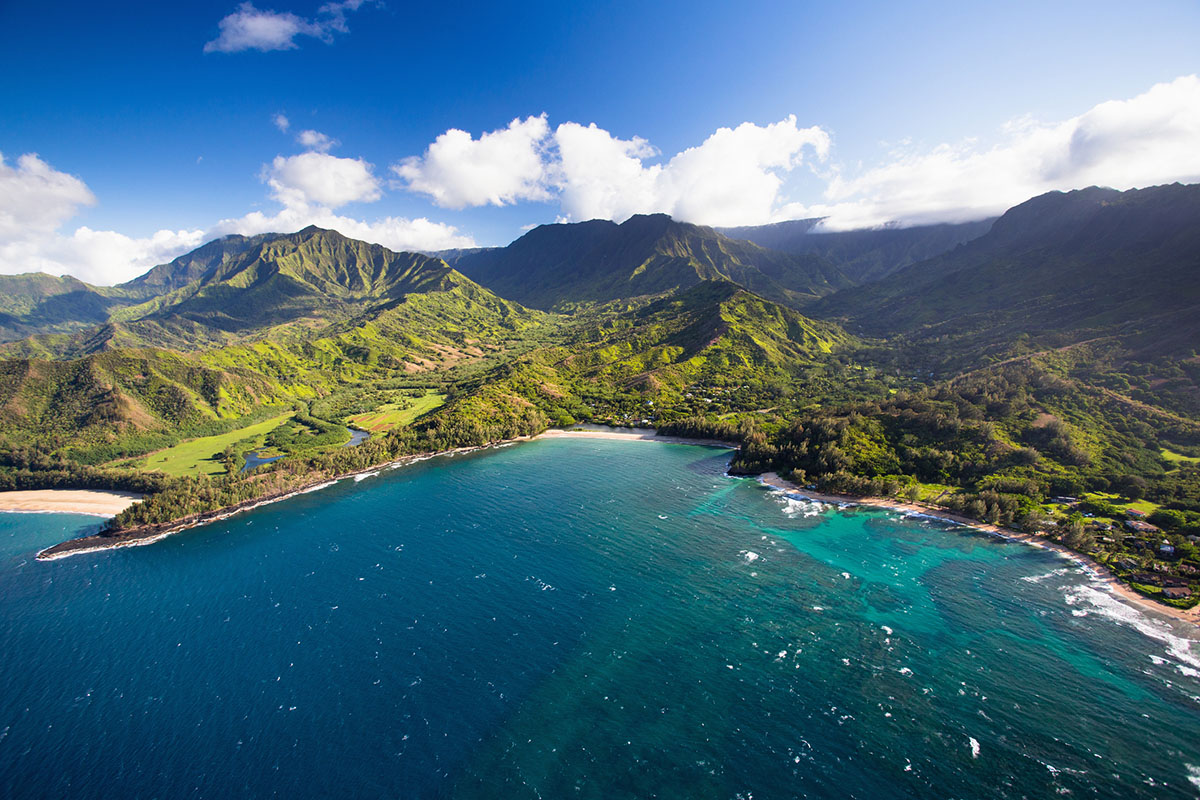
When you’re visiting Hawai’i, the best thing to do is be respectful. Here are some ways you can help conserve the environment, according to gohawaii.com:
- Leave the rocks where they are, don’t carve your name in trees
- Clean your gear and wear environmentally friendly bug spray and sunblock
- Don’t leave trash behind, pick up after yourself
- Respect protected lands, including staying on designated trails and paths, and protect special places by not geotagging locations on social media
Disclaimer: In the wake of the Maui fires, visiting Hawai’i is not recommended right now as the island works to rebuild homes and businesses that were lost in the fires.




